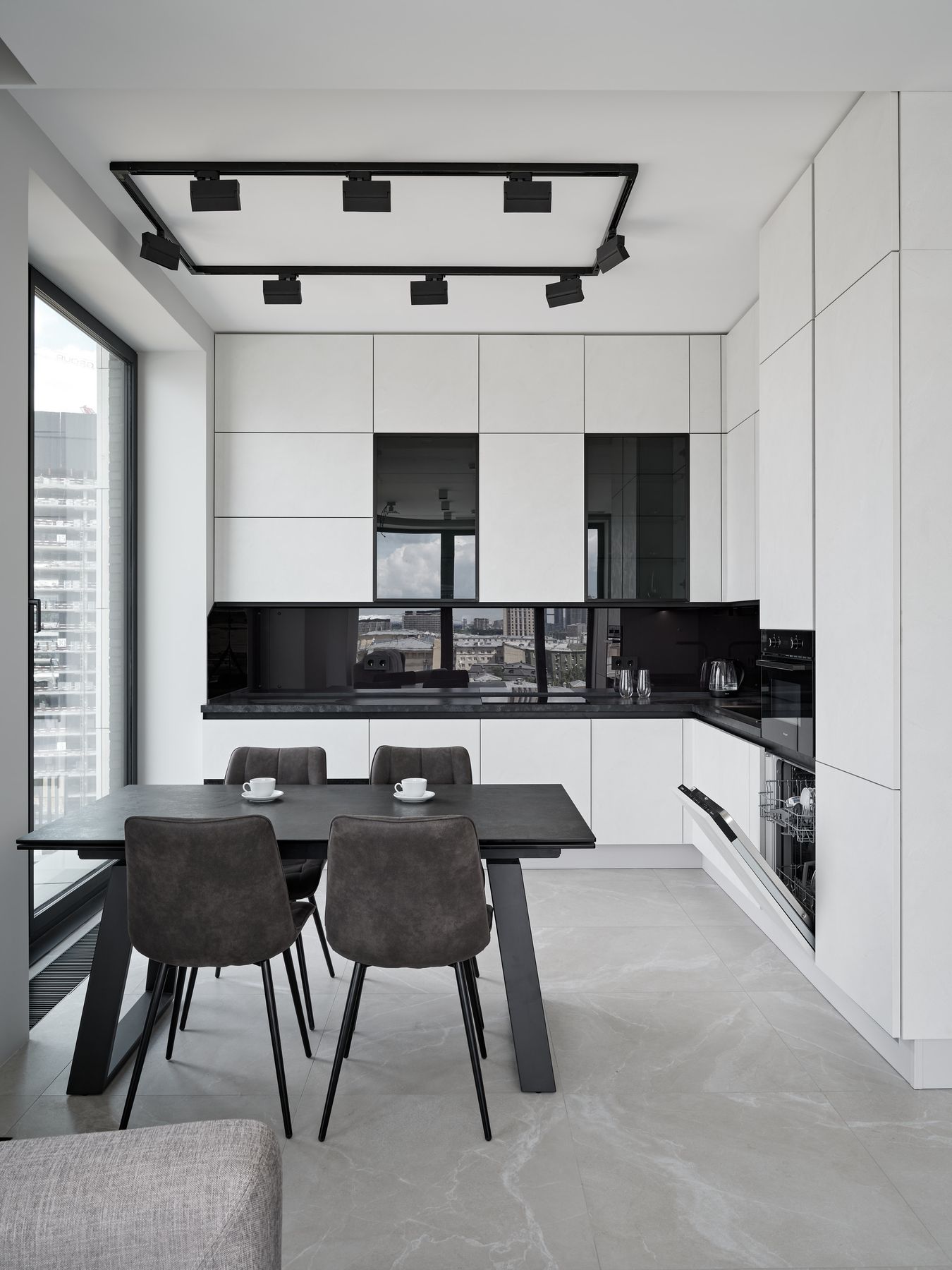
The Art of Elegant Transformation in Culinary Spaces
When it comes to reinventing a culinary space, elegance is not just about the aesthetics, but also about the harmony between form and function. The modern culinary space calls for a design that can accommodate the bustling activity of food preparation while providing a visually pleasing environment. This transformation requires an understanding of the space's potential and the deft application of design principles that marry utility with beauty.
The Evolution of Design Elements
The transformation of culinary spaces begins with a fresh perspective on traditional design elements. Countertops, cabinetry, and lighting fixtures are no longer just necessities; they have evolved into components that convey a sense of style and sophistication. Materials like quartz or granite for countertops and custom-built cabinets can infuse elegance into the kitchen, while pendant lighting or under-cabinet lights add warmth and character. It is the thoughtful selection and combination of these elements that can elevate a simple kitchen into a refined gourmet space.
Merging Technology with Aesthetics
The infusion of technology into culinary spaces is reshaping how they function. Smart appliances and advanced gadgets are becoming standard features in the modern kitchen. These technical improvements, however, do not detract from the elegance of the space; rather, they enhance it. Sleek refrigerators that can be paneled to match cabinetry, induction cooktops with clean lines, and built-in ovens that seamlessly integrate into the wall are all examples of how technology can be merged with design to create a space that is efficient and exquisite.
Maximizing Space with Innovative Storage Solutions
One of the key aspects of an elegant culinary space is its ability to remain uncluttered. Innovative storage solutions play a pivotal role in achieving this goal. Pull-out pantries, corner drawers, and overhead pot racks are design interventions that serve a dual purpose: they optimize the available space and contribute to the overall elegance of the kitchen. By keeping countertops clear and ensuring that every utensil has a designated place, these storage solutions help maintain the kitchen's sophistication.
Color Schemes and Textures That Speak Elegance
Color schemes and textures go a long way in defining the ambiance of a culinary space. Neutral tones, such as whites, grays, and beiges, are often associated with elegance because they create a serene and inviting backdrop. However, bold statements can also be made with strategic color choices, like a deep blue island counter or emerald green tiles. Textures, whether they come in the form of glossy finishes, matte surfaces, or patterned backsplashes, add depth and interest to the kitchen, enhancing its luxurious feel.
Culinary Spaces That Tell a Story
Ultimately, the most elegantly transformed culinary spaces are cohesive and tell a story. Every element, from the choice of dinnerware to the style of the faucet, is a reflection of the homeowner's personality and taste. Accessories like unique ceramics, elegant bar stools, or vintage light fixtures can express individuality and round out the transformation. It is the personal touches, combined with high-quality materials and thoughtful design, that create a culinary space that is both functional and breathtakingly elegant.
Conclusion: Elegant Transformations Tailored to Modern Living
The transformation of a culinary space into an elegant realm is an art that balances modernity with classic touches. It requires understanding of both the latest trends and timeless elegance. The transformation journey involves every little detail, from layout optimization and color palette selection to the inclusion of smart appliances and personal ornaments. With a careful blend of these elements, culinary spaces can be effectively transformed into stylish and sophisticated hubs of the home, inviting both chef and guest to partake in a culinary experience that delights all senses.